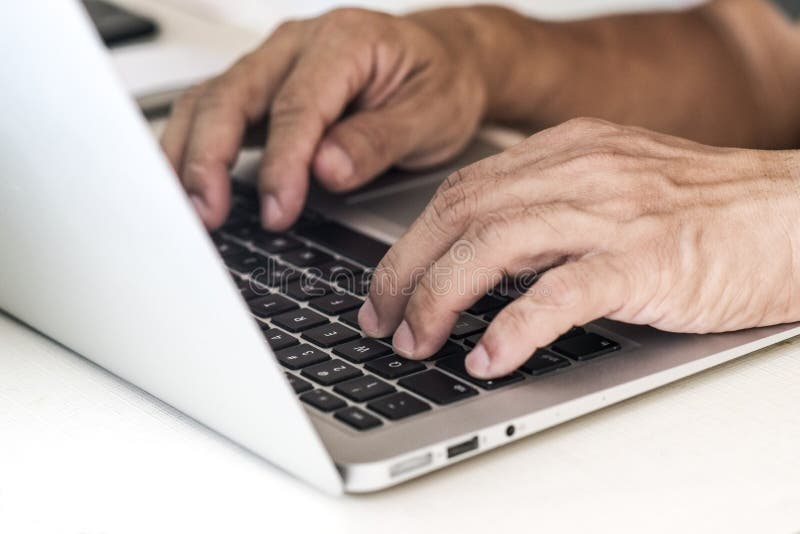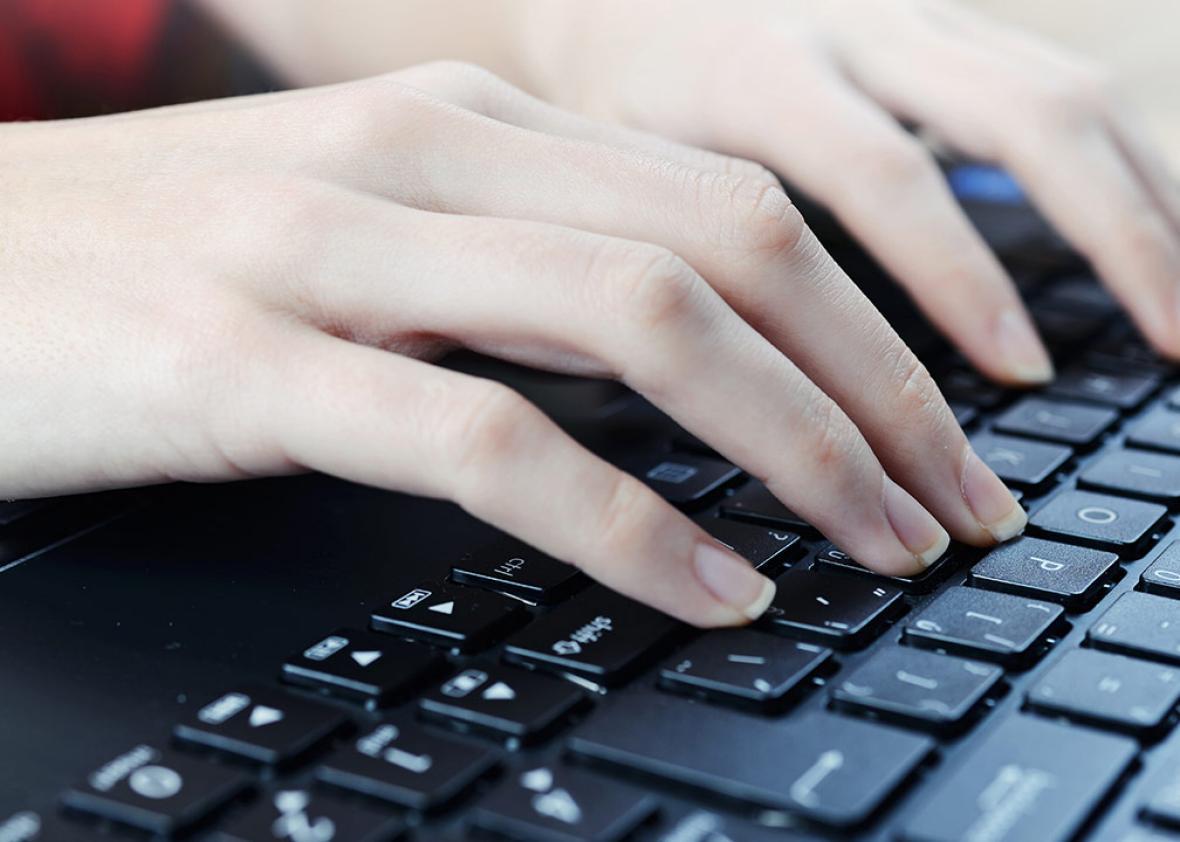

This strengthens memory, along with repetition and dictation exercises, and gives you plenty of opportunities to practice new material. To help you practice each key, the corresponding letter appears on the screen and is read out loud. Some programs, such as Touch-type Read and Spell, use a multi-sensory technique to reinforce what you learn.

They show you where to position your hands on the keyboard and walk you through the right keys to hit with each finger. There are courses designed specifically to teach you typing. An online typing course can teach basic finger positioning Typing quickly and accurately with correct finger placement involves building up some muscle memory in your hands, so they feel comfortable reaching for keys in sequence and the movements become automatic.
FINGER TYPING KEYBOARD HOW TO
But becoming a pro at typing requires more than just knowing which finger sits on which key.įirst you will need to learn how to reach the keys with the correct fingers and then you’ll have to practice, practice and practice some more.

I just want to know your thoughts on why these seemingly suboptimal placements (particularly "c", "b", "0", and "6") are 'recommended'.If you are considering learning how to touch-type, then you’re probably aware there is a certain base position in which to rest your fingers so they can reach all of the keys on the keyboard. Of course I understand that you can (and many do) have unique styles of typing with equal or better speeds than 'traditional' touch typists. Allows my ring finger to only type "0" so typing something like "10-20" uses different fingers for "0" and "-".

Wrists are already 'raised up' to reach number row.When typing numbers, I usually use pinkie because:.When typing text, I use ring finger because it doesn't need to stretch as much as pinkie (e.g.Same as "0" but I can understand using pinkie for this one because it is close enough (similarly to typing "1" - which, conversely, I could understand using ring finger for).Pinkie is too short to reach without moving wrist (I'd like to see your hands if you can reach "0" with your pinkie more easily than with your ring finger).Ring finger is objectively closer and is longer (hence easier to reach).Symmetrical with left hand (typing "3").Recommended placement would require slight crossing motion.Easier to reach with longer middle finger.(however, I think it is understandable to use either ring finger or pinkie for "z").More comfortable as recommended finger (pinkie) would cross inward hitting other fingers.The 'equivalent' finger stretch in the right hand ("bi") is actually shorter than "be" and "b" is the same length from both left and right hands on home row.Typing "be" with the recommended fingers (left hand) requires unnecessary stretching apart of the left index and middle fingers.The most common bigram containing "b" is "be"."ce" is the most common thing typed using just the left hand and containing "c") - which would be slower to type using the same finger (as is 'recommended') The most common bigram containing "c" and another left-handed letter is "ce" (i.e.Typing "cry" would require crossing fingers or wrist movement Typing "c" requires movement/collision of middle and index fingers.More comfortable given orientation of hands.Symmetrical with right hand (typing "m") - why would right hand be placed like that if it would be wrong for the left hand?.JUSTIFICATIONS FOR DIFFERENCES TO RECOMMENDED PLACEMENT My finger placement (with differences highlighted) Widely-recommended touch typing finger placement Below are my justifications for my differing finger placements. I can't understand why some of the finger placements are 'recommended' (please tell me if you know!). I've analysed the widely-recommended touch typing finger placements against my own as well as the frequency of various bigrams (2-letter combinations) in the English language.


 0 kommentar(er)
0 kommentar(er)
